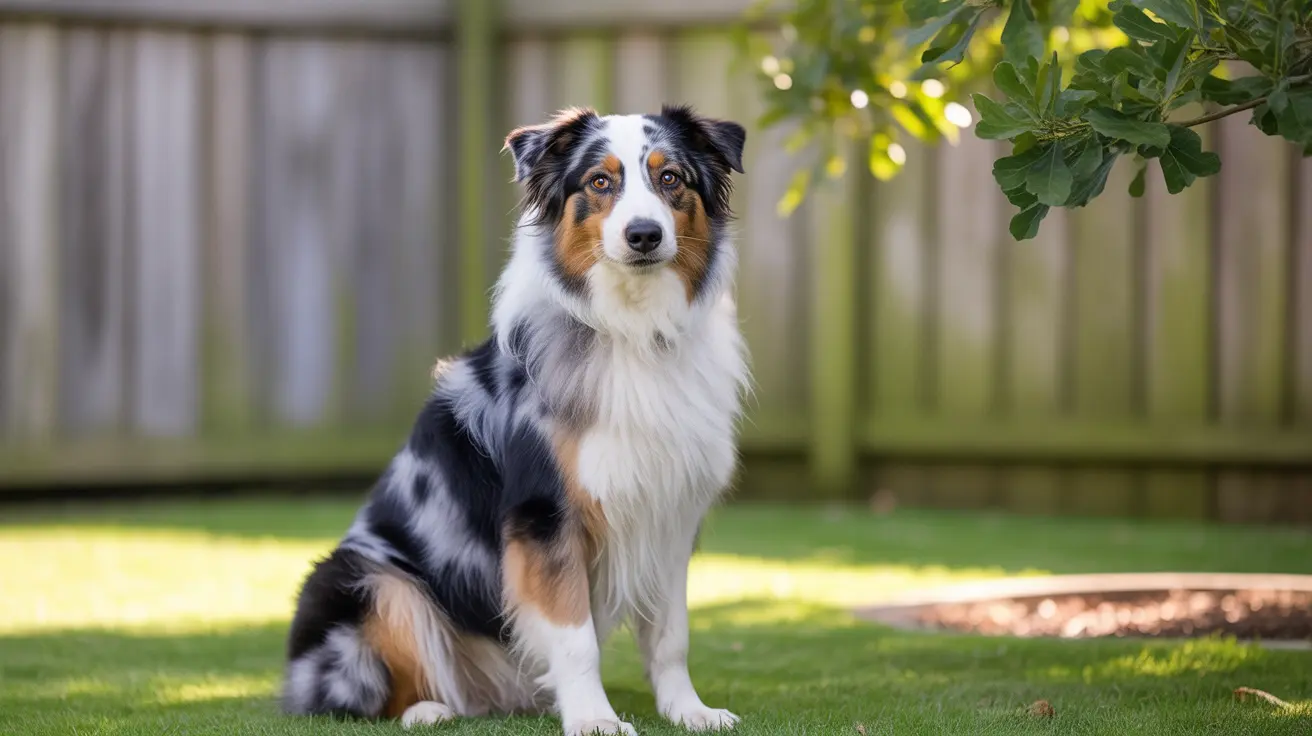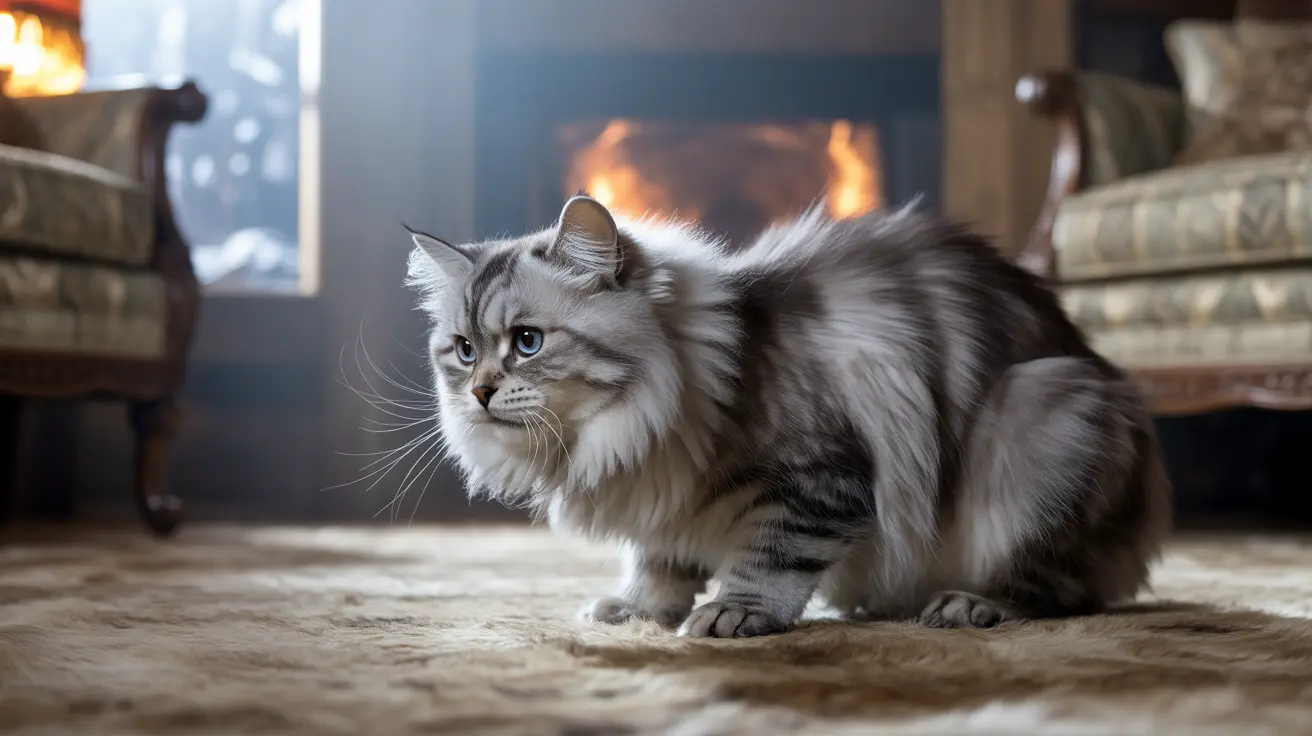Lymphocytic leukemia in cats is a complex blood cancer that primarily affects older felines. While relatively rare compared to other feline cancers, understanding this condition is crucial for pet owners and veterinary professionals alike. This comprehensive guide will explore the nature of this disease, its symptoms, diagnosis methods, and available treatment options.
As a form of blood cancer that affects white blood cells, particularly lymphocytes, this condition can manifest in either acute or chronic forms. The chronic version (CLL) tends to progress slowly and often affects cats over 10 years of age, while the acute form (ALL) develops rapidly and requires immediate intervention.
Common Signs and Symptoms of Feline Lymphocytic Leukemia
The symptoms of lymphocytic leukemia in cats can be subtle and easily overlooked, especially in the chronic form. Common signs include:
- Unexplained weight loss
- Decreased appetite
- Lethargy or reduced activity
- Increased thirst and urination
- Mild gastrointestinal issues
- Enlarged lymph nodes
Many cats with CLL may show minimal or no symptoms for extended periods, making regular veterinary check-ups essential for early detection.
Diagnosis Process and Testing
Diagnosing lymphocytic leukemia requires a comprehensive approach involving multiple diagnostic tools:
- Complete blood count (CBC)
- Bone marrow analysis
- Flow cytometry
- Immunophenotyping
- PCR testing for antigen receptor rearrangement
Veterinarians must also rule out other conditions, including feline leukemia virus (FeLV) and feline immunodeficiency virus (FIV), as these can cause similar symptoms.
Treatment Options and Management
Treatment strategies for lymphocytic leukemia in cats vary depending on the form of the disease and its severity. For chronic cases, treatment may include:
- Chemotherapy protocols using chlorambucil and prednisolone
- Supportive care to manage symptoms
- Regular monitoring of blood cell counts
- Dietary modifications
- Management of concurrent conditions
Some cats with CLL may not require immediate treatment if they're showing minimal symptoms, but regular monitoring is essential to track disease progression.
Long-term Prognosis and Quality of Life
The prognosis for cats with lymphocytic leukemia varies significantly. Cats with chronic forms often maintain a good quality of life for months to years with appropriate management. Factors affecting prognosis include:
- Age at diagnosis
- Overall health status
- Response to treatment
- Presence of concurrent conditions
- Form of leukemia (acute vs. chronic)
Frequently Asked Questions
What are the common symptoms of chronic lymphocytic leukemia (CLL) in cats?
Common symptoms include weight loss, decreased appetite, lethargy, increased thirst and urination, and enlarged lymph nodes. However, many cats may show minimal or no symptoms in the early stages of the disease.
How is CLL in cats diagnosed, given its often subtle symptoms?
Diagnosis involves comprehensive blood tests, bone marrow analysis, flow cytometry, and specialized tests like PCR for antigen receptor rearrangement. Veterinarians also need to rule out other conditions through FeLV and FIV testing.
What are the typical age ranges for cats to develop chronic lymphocytic leukemia?
CLL typically affects older cats, with most cases occurring in cats over 10 years of age. It's relatively rare in younger cats.
How does CLL in cats differ from more aggressive forms of leukemia, like acute lymphoblastic leukemia?
CLL is characterized by a slower progression and often milder symptoms, while acute lymphoblastic leukemia (ALL) develops rapidly with severe clinical signs and requires immediate treatment.
What are the best treatment options for a cat diagnosed with CLL, and how often should they be monitored?
Treatment options include chemotherapy with drugs like chlorambucil and prednisolone, along with supportive care. Cats should be monitored regularly, typically every few weeks initially, then every few months if stable, with adjustments based on their response to treatment and overall condition.






